The project
The Darwin Tree of Life project aims to generate DNA barcodes and sequence the full genomes of all animals, plants and fungi within the British Isles.
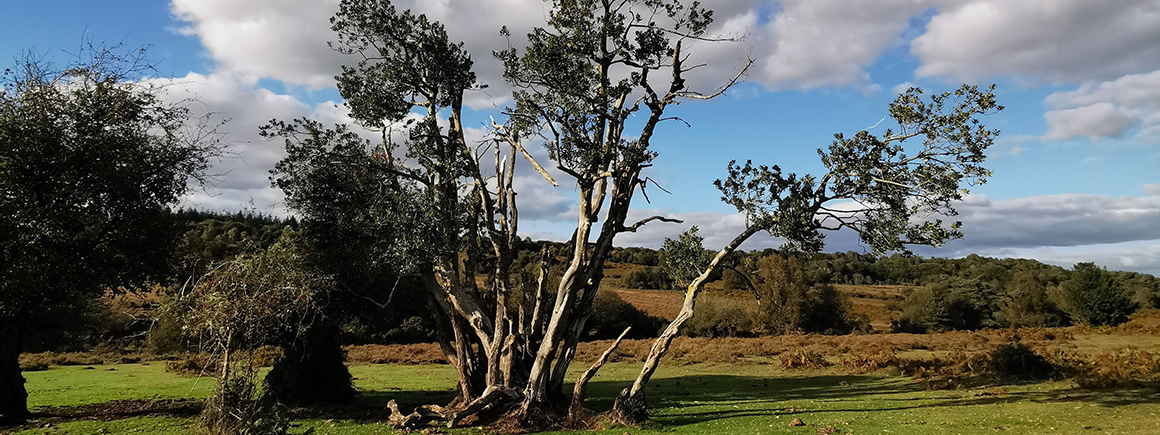
A holly tree in the New Forest, image by Laura Sivess
The Darwin Tree of Life project has an ambitious target of sequencing the DNA barcodes and full genomes of all 66,000+ described UK species.
Our work is the UK’s contribution to the Earth Biogenome Project and a collaboration between world-leading scientific institutions, led by the Wellcome Sanger Institute.
More than ever, it is critical that we preserve biodiversity. Genomics helps us understand and describe species by looking at their DNA. This knowledge can contribute to conservation efforts that are mitigating the impacts of negative environmental change.
Earth has experienced five mass extinction events and we are currently in the sixth. Unlike previous great extinctions, humans are driving this event. Humans are changing the climate, destroying habitats, changing land and sea use, polluting and introducing invasive species.
We can work towards securing and protecting biodiversity for future generations through the development of new technologies and multidisciplinary collaborations.

Collecting specimens in Scotland, image by Craig Macadam
The Darwin Tree of Life project is in a pilot phase from February 2020 to August 2022. In this period we will:
The Darwin Tree of Life project aims to generate DNA barcodes and sequence the full genomes of all animals, plants and fungi within the British Isles.
Wellcome Trust, total value £9,362,420 (£868,763 to Museum)
February 2020 - August 2022

Please contact Jonathan Gabriel for any general enquires.
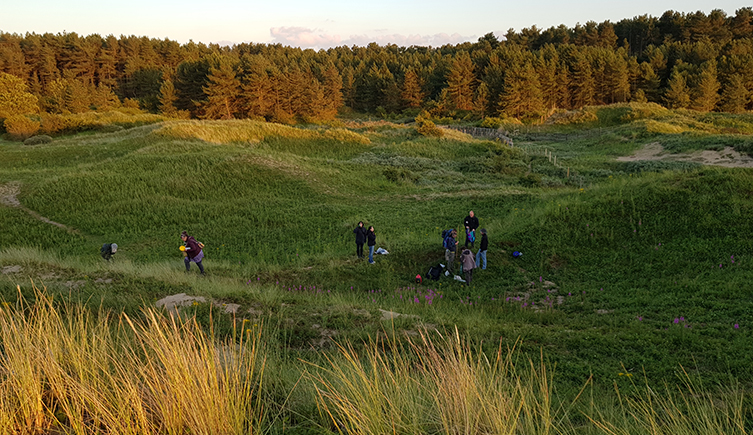
Researchers in Ainsdale, image by Lyndall Pereira da Conceicoa
The UK is one of the most comprehensively studied regions globally, owing to a network of professionals and skilled enthusiasts. There are over 66,000 described species of British fauna and flora. The Darwin Tree of Life project will further increase our knowledge of British biodiversity.
Before sampling begins, it is critical we have a comprehensive checklist of UK species. The Natural History Museum has maintained the UK's most comprehensive database of taxonomy and nomenclature for over a decade. This database provides the foundation for most biological recording systems.
The Natural History Museum branch of the Darwin Tree of Life project spans multiple departments including Life Sciences, the Molecular Collection facility and the UK species inventory.
There are four key steps to the molecular description of all eukaryotic species in the UK:
Are you are interested in engaging with this project, or represent an external group interested in working with the Museum's Darwin Tree of Life team?
Do you have a sampling enquiry?

The Darwin Tree of Life project involves collecting specimens across a wide range of taxa.
Here, a light trap collects insects by the River Wye.
The Darwin Tree of Life project is made possible by the collaboration of numerous world-renowned partners across the UK and further afield working together to collect specimens and sequence high-quality genomes of all eukaryotic species in the British Isles.


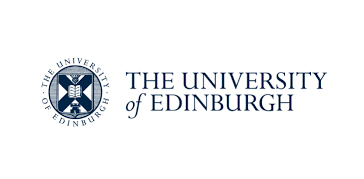





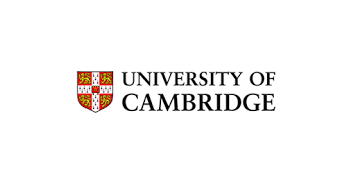


Read more about the project on our blog.

Find out more about insect research at the Museum.
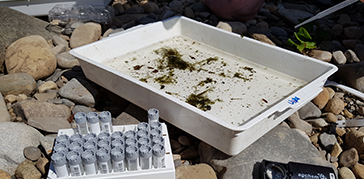
Discover invertebrate research at the Museum.
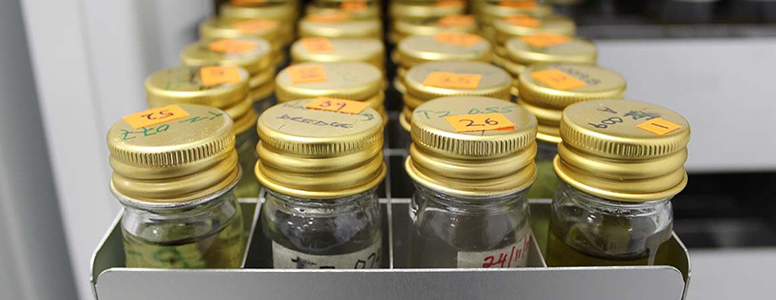
Specimen samples for the Darwin Tree of Life project are collected, stored on dry ice and sent to the Natural History Museum's Molecular Collection.